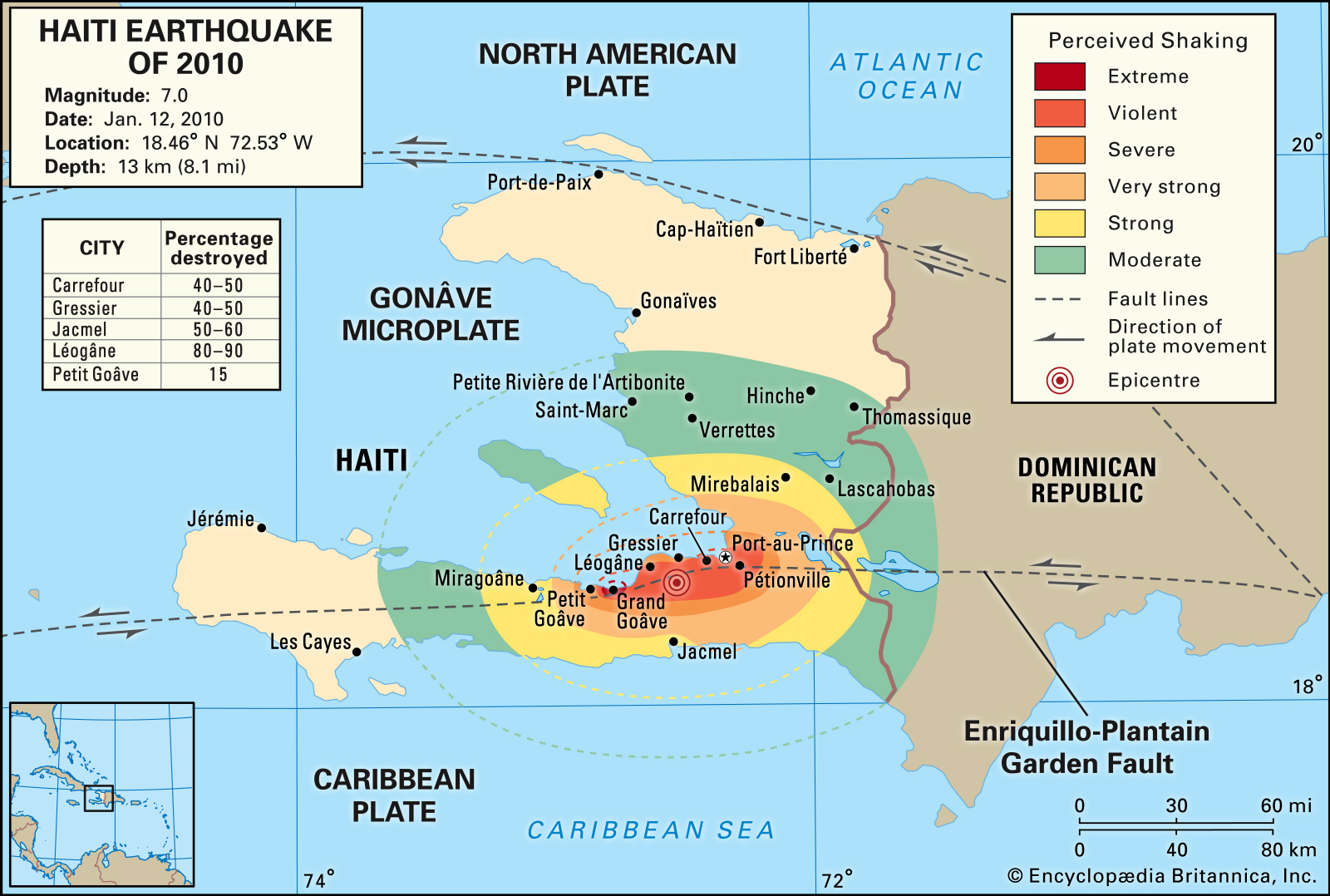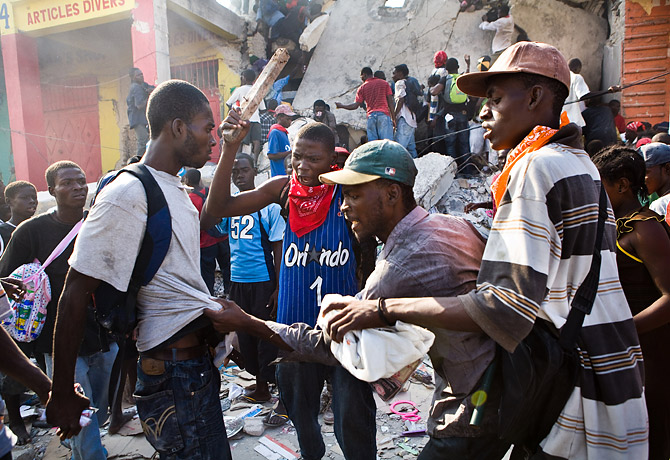HAITI BEFORE THE EARTHQUAKE
Haiti was the wealthiest country in the western hemisphere in the Caribbean through the sugar and forestry industries and the importation of African slaves. During this time it was colonized by the French. In 1804 after 500,000 slaves revolted, Haiti became the first black republic to declare independence.
Since then, Haiti has experienced decades of social, political and economic setbacks. One of its biggest setback, is its feud with the Dominican Republic. Haiti shares the island of Hispaniola with the Dominican Republic. Rafael Trujillo was the dictator of the DR from 1930-1961 who targeted Haitians along with Dominicans who looked dark enough to be Haitian. In 1937, he massacred thousands of Haitians. Trujillo had the idea that the descendants of Spanish slavery on the eastern part of the island had higher levels of European ancestry than, and thus were superior to, the descendants of French slavery on the western part of the island (meaning Haiti). Haiti is now the poorest country in the western hemisphere and over 6 million Haitians live below the poverty line of US$2.41 per day and more than 2.5 million fell below the extreme poverty line of US$1.12 per day. Haiti has always had an unstable and inconsistent economy. In 2018 and 2019, the citizens of Haiti protested against a system they accuse of condemning them to poverty and demanded better living conditions. Another reason for the protests is because of their governments announcement to eliminate subsidies, which would cause fuel prices to increase up to 50%. In 2019 the demonstrations escalated after the government declared a state of economic emergency, and opposing groups demanded the President at the time, Jovenel Moïse, to resign. This was due to allegations made that he mismanaged government funds designed for social programs. PetroCaribe, an oil alliance signed with Venezuela in 2006, allowed Haiti to save money by borrowing fuel from them and deferring payment for up to 25 years. The money they saved was then supposed to be used to fund social programs but instead at least $2 million went missing and Haitians saw few of the promised benefits.
THE EARTHQUAKE
Haiti has a history of seismic activity and experienced devastating disasters in 1751, 1770, 1842 and 1946. The island Haiti lays on, Hispaniola, sits between two large tectonic plates the North American and the Caribbean. Haiti’s capital, Port-au-Prince, bestrides this fault line. On January 12, 2010, Haiti was hit with its worse earthquake yet. The earthquake first hit at 4:52pm, 15 miles from Port-au-Prince. The first shock recorded a magnitude 7.0 and was followed by 8 more that day. Over the next two weeks, there was a total of 52 shocks. The shocks were felt throughout Haiti and the Dominican Republic as well as in parts of Cuba, Jamaica, and Puerto Rico.

Geologists believed the earthquake happened due to the movement of the Caribbean tectonic plate eastward along the Enriquillo–Plantain Garden strike-slip fault system but after there was no deformation of the surface, the rupturing of the main strand of the fault system was ruled out as a cause. It was later solved that the earthquake was caused by deformation along the Léogâne fault, a small hidden thrust fault discovered underneath the city of Léogâne.
AFTERMATH OF THE EARTHQUAKE
The effects of the earthquake were catastrophic. 250,000 people died and 200,00 were injured. This made the 2010 Haiti earthquake the 2nd deadliest earthquake in history following the Shaanxi, China earthquake of 1556. Haiti’s capital, Port- au- Prince, was hit the worse. All of its hospitals sustained serious damage, as well as its airport and telecom services. Major roads were impassible, and close to 300,00 building, many which were residences, were damaged beyond repair. One of the most powerful aftershocks of the earthquake was looting. Citizens of Haiti stormed the streets of Port-au-Prince after waiting for more than a week for relief deliveries that they still haven’t received. Hundreds of desperate Haitians scoured stores in the main commercial district searching for food and items they could sell. A year later, more than one million people remained homeless in the capital, living under tents an tarps in terrible conditions that fostered a cholera outbreak. On October 20 2010, an outbreak of cholera was confirmed in Haiti with over 665,00 cases and 8,183 deaths, This was the worst in recent history.
